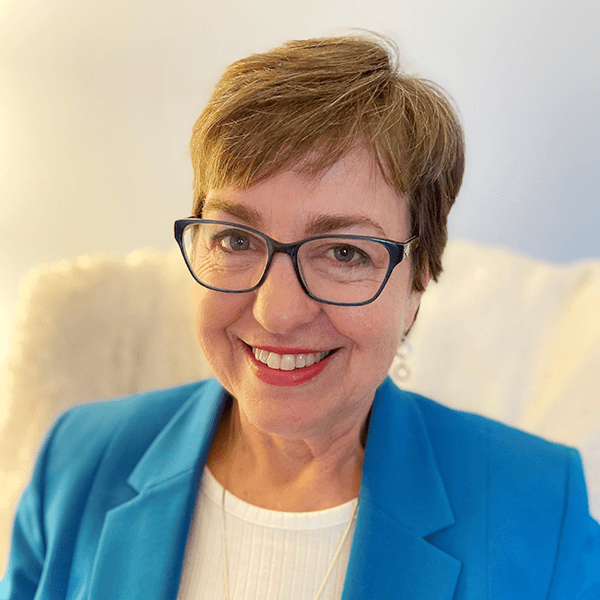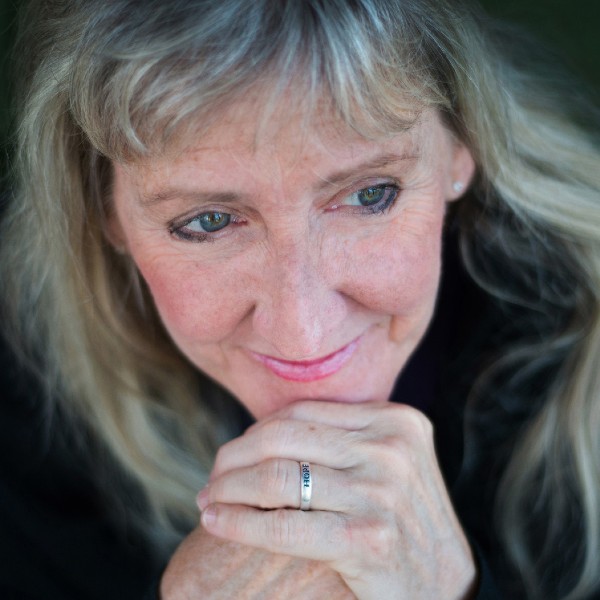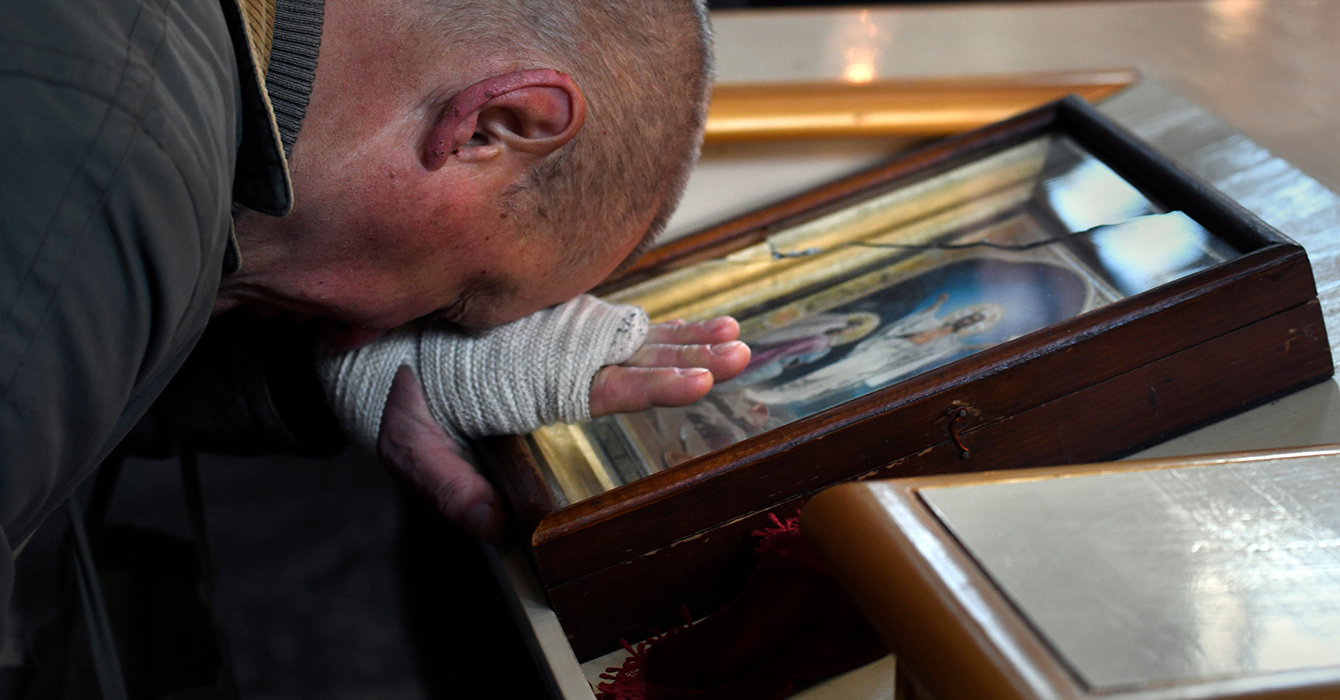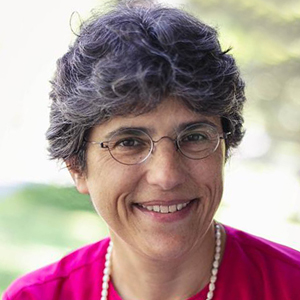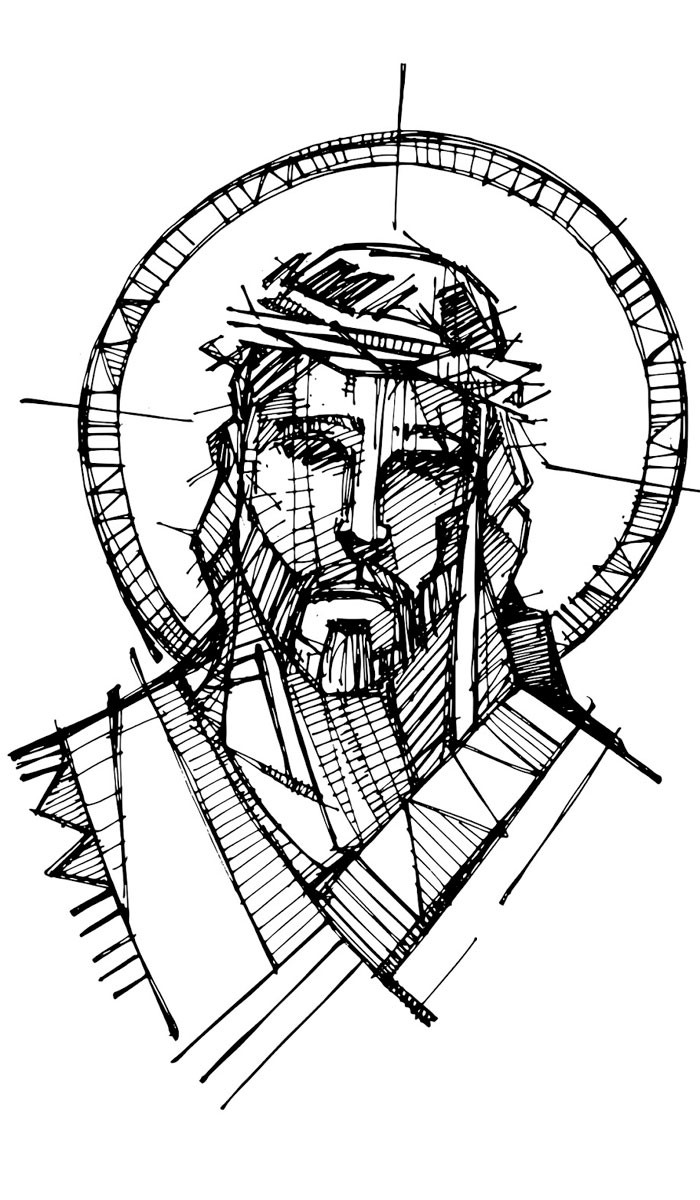More than 6,500 people stand in the early-morning darkness, waiting to hear the news. The first ones showed up before 3 a.m. An hour before first light, people are still streaming in, filling the square in front of the old church and spilling over into the streets.
As the church bell rings, the buzz of hushed conversations stops. In the stillness, all eyes are focused on the church door.
Silhouetted in the glare of lights, a figure emerges, walks to a small podium and makes the announcement:
“The Lord is risen!”
And from the darkness, the thousands answer back as one:
“The Lord is risen indeed!”
It’s a classic and timeless scene that was and is and will be again -- the start of the Moravian Easter sunrise service in historic Old Salem, N.C. On Sunday morning, it will play out again, for the 240th time, much as it did for the first time in 1773.
One of the oldest and best-known Easter sunrise services in the nation, the event has shaped and formed Moravian life and witness throughout Winston-Salem and the region. The sunrise service is a powerful tradition passed down from generation to generation, knitting together old and young, the living and the dead, individual congregations, and Moravians and the surrounding community.
“It’s a big part of Moravian identity,” said the Rev. Scott Venable, pastor of Fairview Moravian Church in Winston-Salem. “Moravians are called ‘Easter people’ primarily because of this service. It becomes part of who you are, and you pass it on.”
‘From Christ and Christ alone’
First performed in Germany in 1732, the Moravian Easter sunrise service is an important part of the liturgical life of the Moravians, a small denomination with only 41,000 members in the United States and Canada and 800,000 members worldwide.
But they are a significant presence in the Winston-Salem region: Salem, which merged with Winston in 1913, was founded as a Moravian missionary settlement in 1766. According to data from 2000, Moravians are the third-largest denomination in the county, behind Southern Baptists and United Methodists, with 32 congregations and 13,500 members.
Questions to consider
Questions to consider:
- What experiences does your congregation offer to the community? How might you offer something in which people can walk, smell or taste dimensions of the story of God’s love?
- In what roles do you train children to serve? How do adults bring young people alongside in ministry?
- The experiential, intergenerational aspects of grave cleaning and breakfast preparations are some of the key elements of the Moravian Easter service. What activities of your community could become intergenerational?
- What are the theological convictions that inform the big things that your congregation does each year? What are the Christian practices taught through your big events?
Known collectively as the Salem Congregation, 13 of those churches -- the original Home Moravian Church and 12 congregations that it spawned -- sponsor the Easter service in Old Salem.
Whether in Bethlehem, Pa., or Tanzania -- where 600,000 Moravians live -- or anywhere else, the Moravian Easter service is a simple and reverent affair, rich in theological meaning, said the Rev. John Jackman, pastor of Trinity Moravian Church in Winston-Salem and chair of the Salem Congregation Central Board of Elders.
“It is the concrete expression of Moravian theology,” said Jackman, who will preside at this year’s service. “It is about the hope of resurrection, the sacrifice of Christ, the theology of grace and the belief that from Christ and Christ alone everything is given to us.”
God’s Acre
At 2 a.m., hours before the formal service begins, brass bands -- a feature of every Moravian congregation -- fan out through Winston-Salem, playing chorales such as the aptly named “Sleepers, Wake.” The bands reconvene at Home Moravian Church for breakfast around 5 a.m., after which the service begins, 35 to 45 minutes before sunrise.
The first part of the service, which takes place just outside Home church, is a liturgical reading, essentially a Moravian confession of faith, interspersed with hymns.
The Rev. Patricia Garner, who served as chair of the congregational board in 2010, was the first woman to preside at the service and calls it one of the highlights of her years in ministry.
That simple opening line -- “The Lord is risen!” -- was probably the most rehearsed line of any sermon or liturgy she ever delivered, she said. For days, she agonized over how to say it, which word to emphasize.
Should it be, “The Lord is risen?”
“The Lord is risen?”
“The Lord is risen?”
“If you only had one chance to proclaim your faith, how would you proclaim it?” she said. “When that door opens, the entire crowd gets silent, and the only thing you can hear is a few birds chirping. But when you’re out there, the words come and you just proclaim it.”
After the first part of the service, which lasts 10 to 15 minutes, the crowd processes up the street to the Moravian cemetery, called -- as are all Moravian graveyards -- God’s Acre. Even with 200 ushers helping to move the crowd along, it takes about 45 minutes for the throng to move those three blocks and reassemble in the cemetery.
As the crowd walks quietly, a half-dozen or more brass bands, strategically placed around Old Salem, play a series of hymns, antiphonally. One band will play a line, another across the way will respond with the second line, and so on, delivering a historic version of “surround sound.”
While the crowd slowly makes its way, the bands move as well, converging from every direction, playing as they go, joining together in the graveyard and forming one giant brass band of 350 members or more.
Once everyone is gathered in God’s Acre, the service resumes with a series of exuberant hymns and short prayers. If the organizers have timed it just right and the weather cooperates, the sun is rising as the service moves to its conclusion. Morning light streams across the cemetery, illuminating graves that have been decorated with flowers the day before.
It is an extraordinary and profoundly moving experience, Garner said.
“We have walked through the darkness of the shadow of Christ’s death and into this light,” Garner said.
‘Part of God’s family’
The fact that the service concludes in a cemetery is no coincidence but a testament of Moravian belief.
“It’s part and parcel of our theology,” Jackman said. “We see God’s Acre as a joyful place, a place of resurrection, where we honor the lives of the saints who are asleep out there.”
A Moravian cemetery is unlike any other and is itself a theological statement. The dead are not buried in family plots but in sections of the cemetery, grouped by age, gender and marital status, and ordered by date of death. Called “choirs,” the groups include boys, girls, single men, single women, married men, married women, widows and widowers.
All the gravestones are the same – small white marble markers that lie flat on the ground, each bearing the person’s name, dates of birth and death, and a simple inscription, generally an epitaph or a quotation from Scripture. Bank president or janitor, everyone gets the same headstone.
It’s an expression of membership in a larger family and the equality of all in God’s kingdom, said Venable.
“It goes back to the Moravian belief in the fellowship of all believers and the true community of faith,” he said. “No one is better than any other when we go to meet our Savior. What Moravians have seen is that we are all part of God’s family, and that’s good enough.”
‘This is why we’re here’
Traditions such as the Easter service forge a profound sense of connection among Moravians, Jackman said. One reason the service is so powerful, he said, is that it is from start to finish a tactile and experiential event.
“It’s something you get up early for and go to participate in,” he said. “You’re watching and walking and singing and smelling the flowers. It’s not a performance. It’s an experience. It’s something that you come to be a part of.”
For many, the participation is even deeper, requiring a greater commitment than just an early alarm-clock setting. A substantial part of the crowd has taken part in preparing for the service or related events, Jackman said.
Planning begins months in advance. Jackman oversees a host of committees responsible for each aspect of the events -- the Easter breakfast, Saturday’s Great Sabbath service, the ushers, the band, traffic, police and more.
Laity play a huge role. About 200 people, including troops of Boy Scouts, serve as ushers; 350 or so play in the band. About 80 people prepare and serve breakfast to about 1,000 people, including local police, ushers, band members and others, in five separate feedings between 11 p.m. Saturday and 6 a.m. Easter morning.
Countless hundreds, entire families, take part each year in the graveyard cleaning on Saturday, scrubbing the 7,000 gravestones and putting fresh flowers on each one.
Non-Moravians often don’t understand, but the Saturday graveyard cleaning is a joyous occasion, a time of fellowship, said Camille McDowell, one of the breakfast organizers. Extended families -- cousins and second cousins, their children and grandchildren -- pack breakfast, snacks and lunch and work from early morning until midafternoon, taking breaks for what she calls a Moravian tailgate party in the parking lot.
“If you grow up in it, you can’t imagine not being there,” McDowell said. “You reconnect with people from other congregations and people who come from around the world every year.”
Taking part in the tradition
It is in such practices and traditions that Moravian identity is formed and passed down from generation to generation. Ask any Moravian about early memories of the Easter service, and he or she will have stories to tell.
Venable grew up in Raleigh attending that city’s Moravian church but as a child traveled every year to his grandmother’s home in Winston-Salem for the Easter service. Some of his earliest memories are of lying awake at his grandmother’s house, counting how many times he could hear a Moravian band playing in the distance.
Within a few years, as a young boy, he was playing in the band.
“You felt you were part of something special,” he said. “There is nothing more inspiring than when the minister comes out and announces that the Lord is risen. You hear those four words, and it’s like, ‘Yes! This is what it’s all about. This is why we’re here.’”
Little did the young Venable know that someday he would be not just a Moravian pastor but the chair of the central board of elders and the presiding minister announcing those words.
“I don’t think there is any greater honor for a Moravian pastor,” he said.
Generation to generation
Venable’s story is not unusual. Moravians are still adept at cultivating younger members, apprenticing them into positions of leadership, bringing them up and training them in Moravian traditions.
Jonathan Bass, 20, has played the trumpet in the Easter service every year since he was 10, and in recent years has conducted the band for part of the service.
His grandfather, Larry Newsom, directed Trinity Moravian’s brass band, and as a child, Bass would sit by him during the services whenever the band played. When it came time for Bass to pick an instrument, the choice was clear: trumpet, the instrument his grandfather played, and his father before him.
Currently a senior music education major at Appalachian State University in Boone, N.C., Bass hopes to attend Moravian Theological Seminary and study sacred music and divinity.
“I can honestly say that some of my best friends in my church family are people 50 and 60 years older than me, people who raised me in the faith,” he said. “It is amazing to be part of a tradition that started 240 years ago.”
McDowell offers a similar story. Now 48, she has been serving at the Easter breakfast since she was 18, and 10 years ago she was named the assistant breakfast coordinator and co-chair of the breakfast committee.
Because the current chair now lives in Wilmington, N.C., much of the organizing work falls to McDowell. Fortunately, last year McDowell was able to recruit someone to serve alongside her as “co-assistant breakfast coordinator” -- her daughter, Cate McDowell, 15, a sophomore at Salem Academy.
Cate has been attending the Easter service since she was an infant. As a young child, she rode with her two cousins in a small wagon pulled by their grandfather, helping put flowers on the graves. She and the cousins always loved to find and clean a “mystery grave,” an old one from the 1700s. They’d wonder what the person was like and make up stories about him or her.
And the breakfasts? She’s helped set up for them since she was 5, when she filled salt shakers, and has been staying up all night serving at the breakfasts since she was 10.
“It’s odd to say that you’re proud of your daughter for pulling her first all-nighter when she was 10, but I am,” Camille McDowell said.
As the breakfast “co-assistant coordinator,” third in line to the throne, Cate knows she’s in it for the long term.
“The thing about Moravians is, you can’t get out of something until you die,” she said. “That’s why Kathy still has the head job, and Mom will get it when she dies, and I’ll have it when Mom dies. So I don’t want the head honcho job.”
The breakfast is a lot of work, Cate said. The entire Easter weekend is a time of going full-throttle, putting out 100 percent effort.
“But it’s not a burden,” Cate said. “It’s a joy. It really is. I have grown up with these women and done church events with them forever, ever since I was little. They are some of my best friends.”



